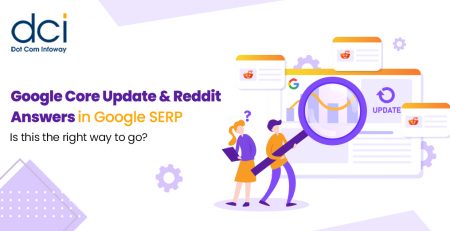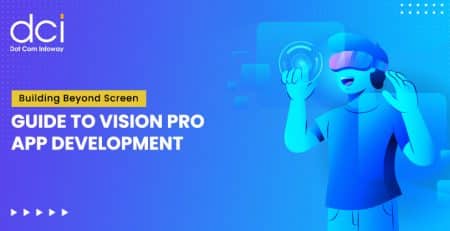Best Practices on Developing Web Push Notifications
There’s something about push notifications that could just capture anyone’s attention every time they appear, and that’s but one of the many reasons why they have since expanded from their beginnings in mobile and have become the norm in most web browsers as well Users, simply put, love them. Maybe it lies in the almost spontaneous way that they appear, in more than one way that is almost always captivating.
This is why businesses should make the most of them in keeping their audience up-to-date about what’s happening in their respective websites. Without a doubt, they are a great way to inform your audience of a new deal that you are offering or eye-catching bonuses that you intend to throw in for a limited time The possibilities are practically endless. In the end, it all lies in how you’re going to implement them in your web development efforts.
Proven Great Practices That are Guaranteed to Improve Web Push Notifications
• Always ensure that they are relevant to whoever is receiving them.
This is one aspect of web push notifications that you should pay attention to You should always have a concrete answer to such questions as “Will the user actually want to be sent this specific notification?” or “Does it inform and remind him of information that he would actually be interested in?” Making the notifications as individualized and personalized as possible has been proven to increase overall user engagement.
• Make good use of Push APIs.
For they only make how you send your notifications smoother and more convenient every time It also allows better engagement options for you as it doesn’t need the website to be open for the user to receive your notification. As long as the user allows the reception of notifications, then they would always be sent, regardless of the current screen that they are in
Take note that their browser would have to be open, though. Almost all the popular browsers like Chrome, Safari, and Firefox support Push APIs so you need not worry about incorporation compatibility as well.
• Consider using Notification APIs as well
This is especially true if you mean to implement Push APIs, as the two actually work in great synergy with one another. This type of API, after all, is to relay the actual message to the user. A Notification API is also able to gather how a user responds to a notification, which it in turn sends to the Push API. However, you have to also consider the fact that notifications sent by a Notification API is usually disabled by default. It’s still up to the user whether he’ll receive them or not
What Kinds of Notifications Should You be Sending?
1. Reminders – Any event, product or service that your audience express an interest to should be included here.
2. Website Upgrades – Don’t hesitate to use push notifications to showcase the improvements that your website has undergone. It gives you a golden opportunity to let your current user base know that you are proactively updating your website.
3. New Products – Of course, you will never be able to make the most of push notifications if you won’t use them to boost your marketing endeavors. Always be certain that they’re relevant and customized as well
Keys to Success
Even though the practices said above have been proven to increase web push notification user engagement, you shouldn’t limit yourself to them. In the end, you should really take the time to experiment on what works for your specific niche. This is the only way for you stand out from your competition and, ultimately, succeed in every promotional campaign that you start. Lastly, make sure that they’re sent at the most appropriate time, based on the time zones of the users that you are sending them to









